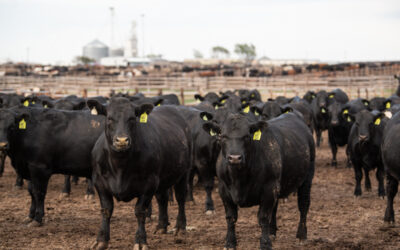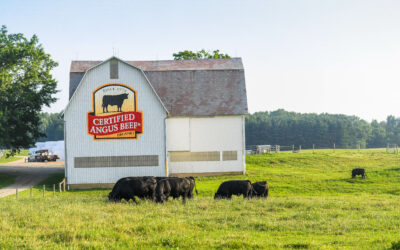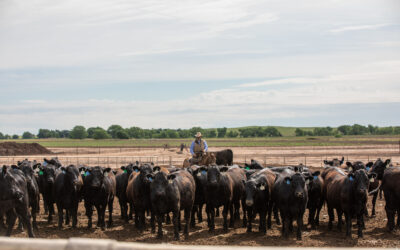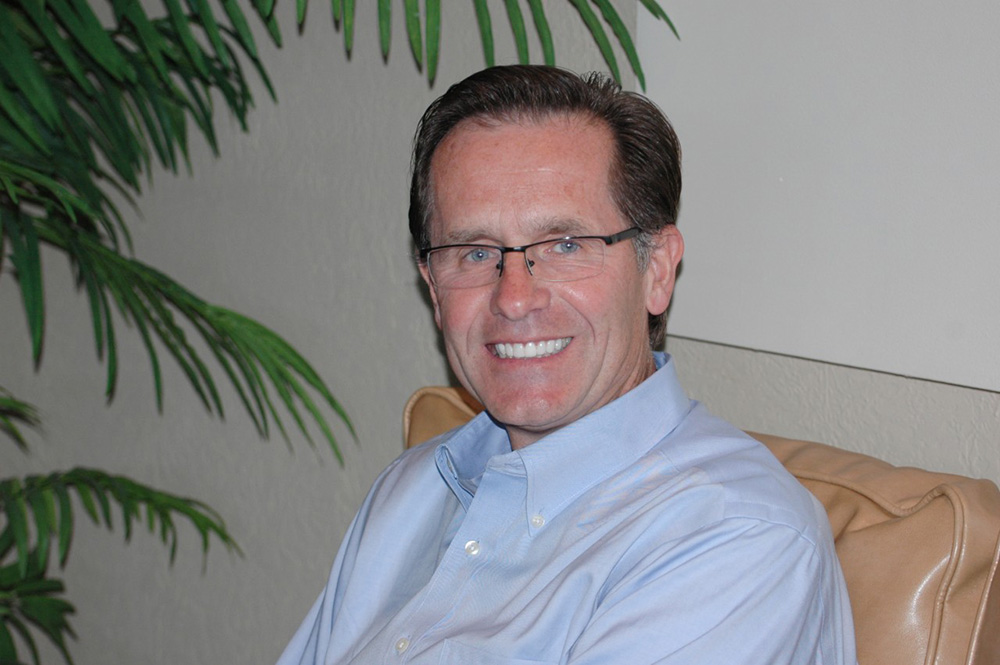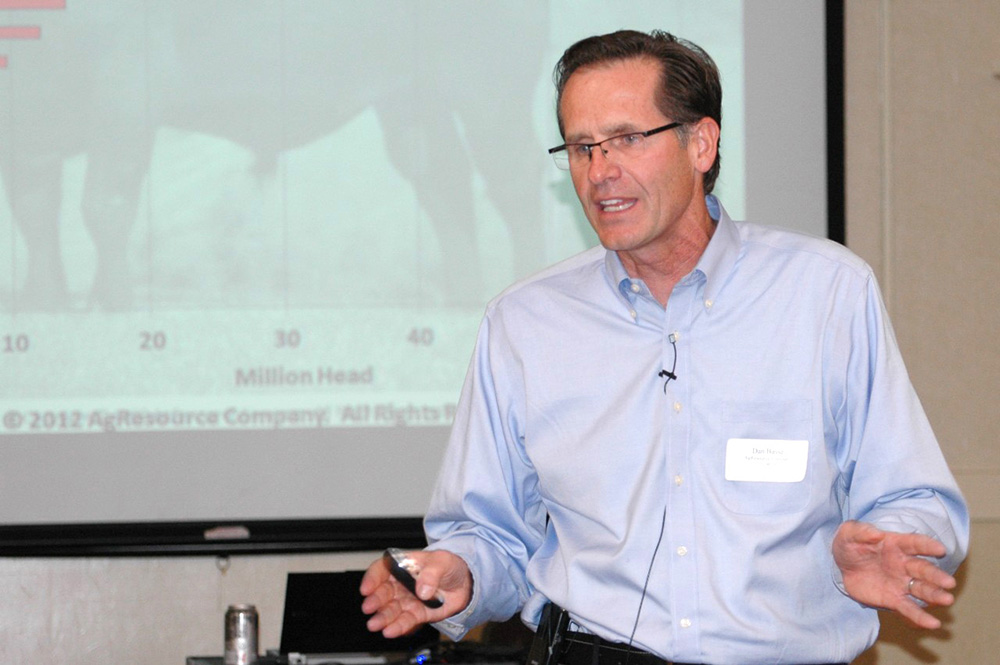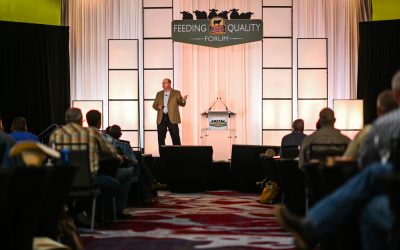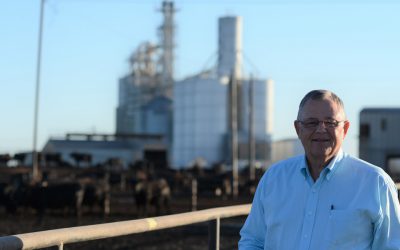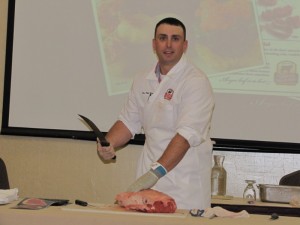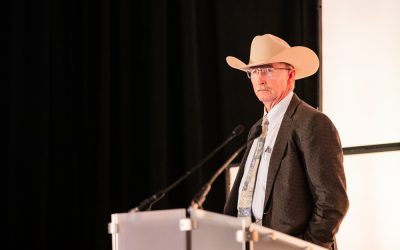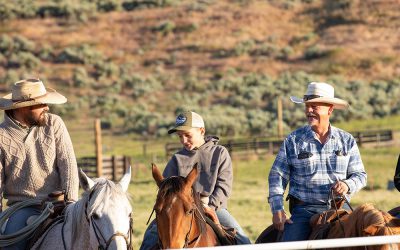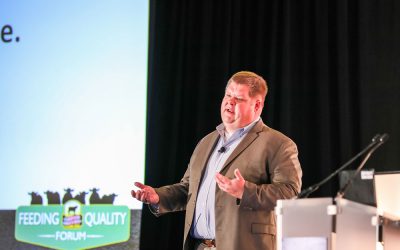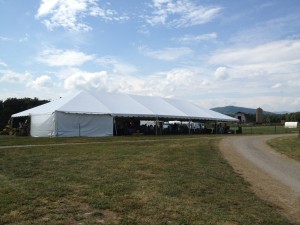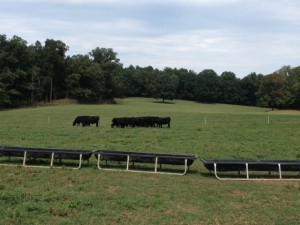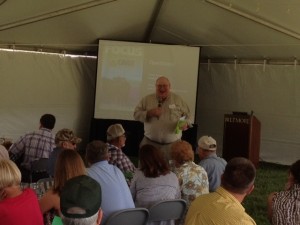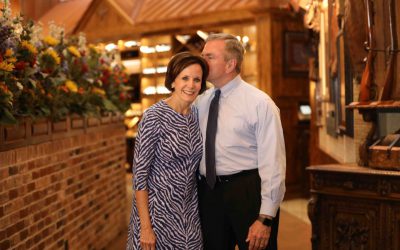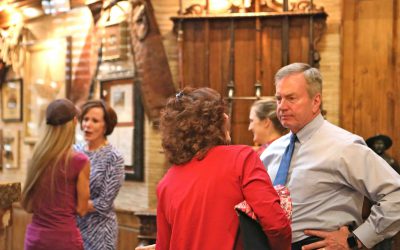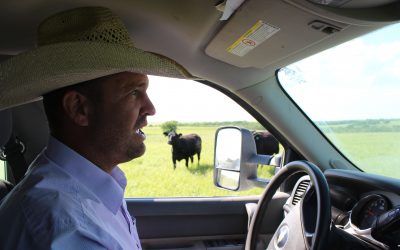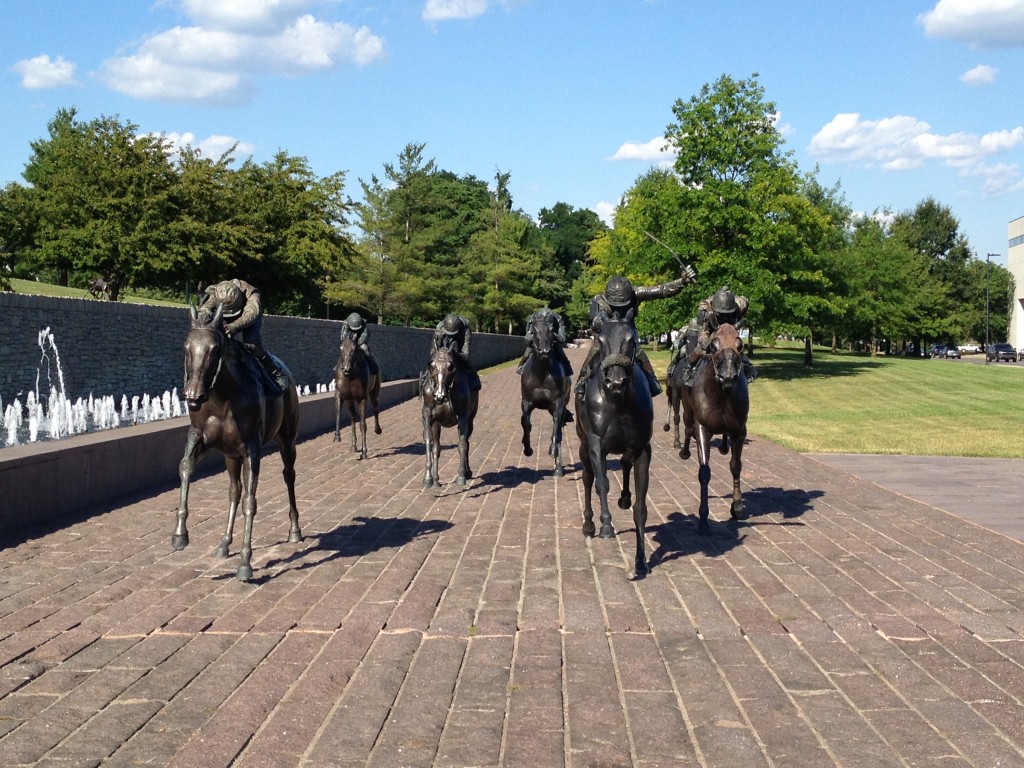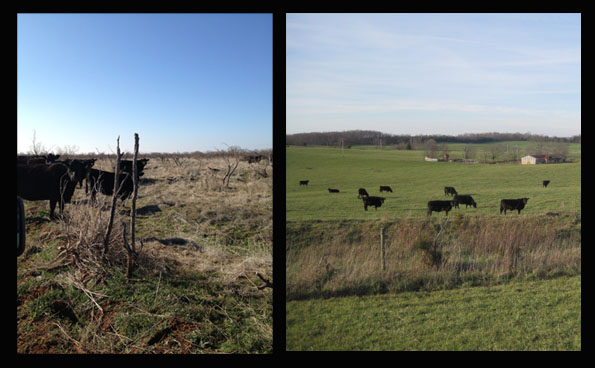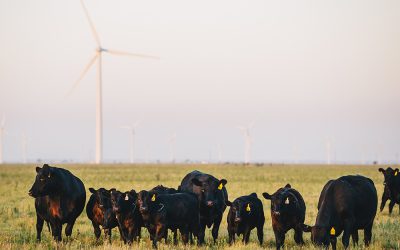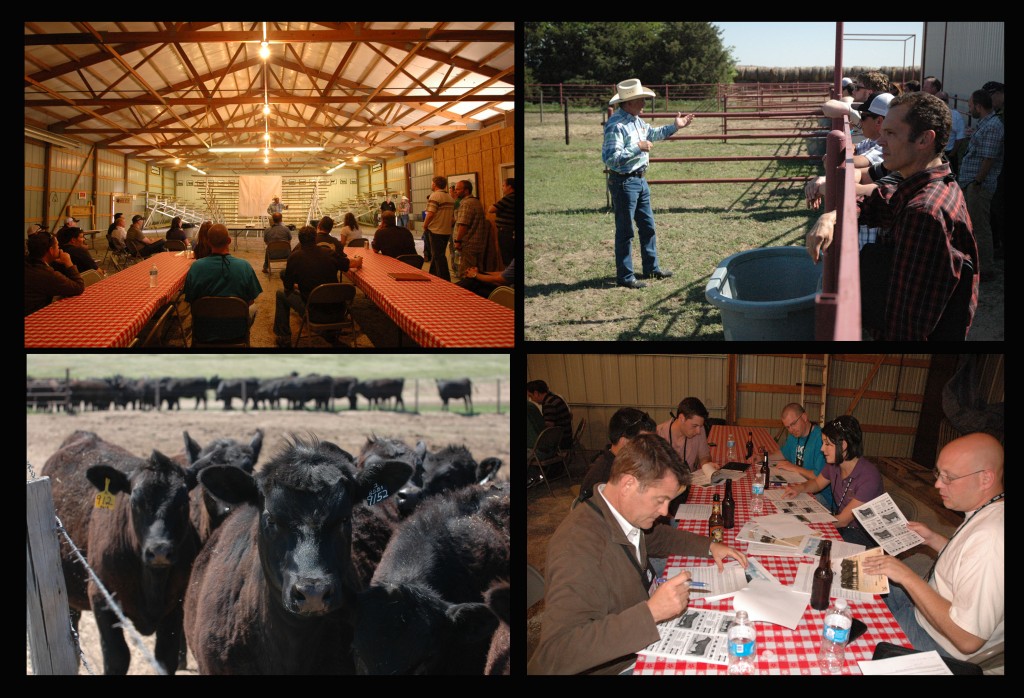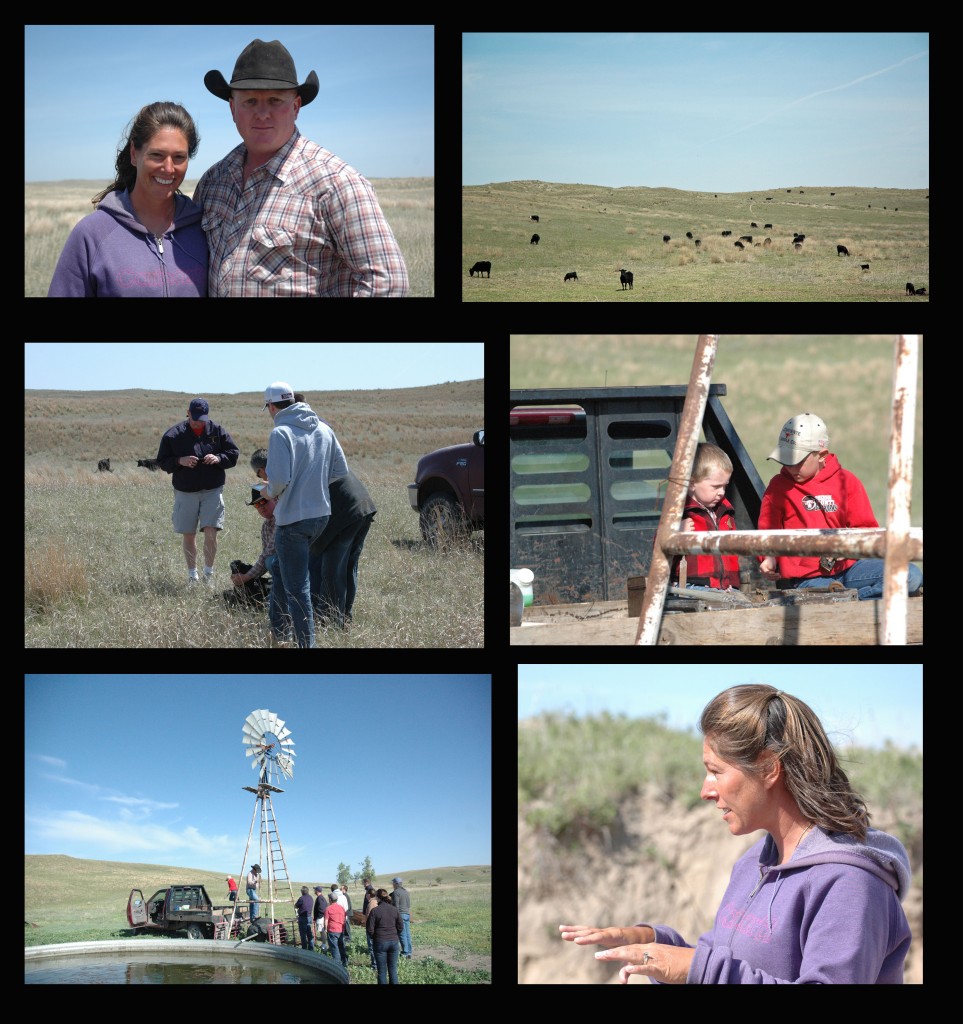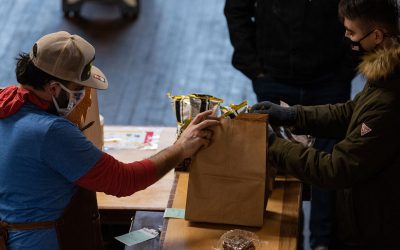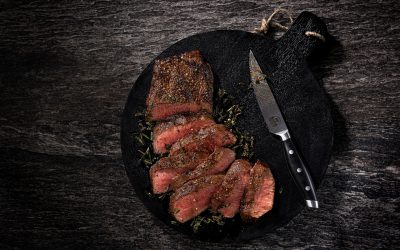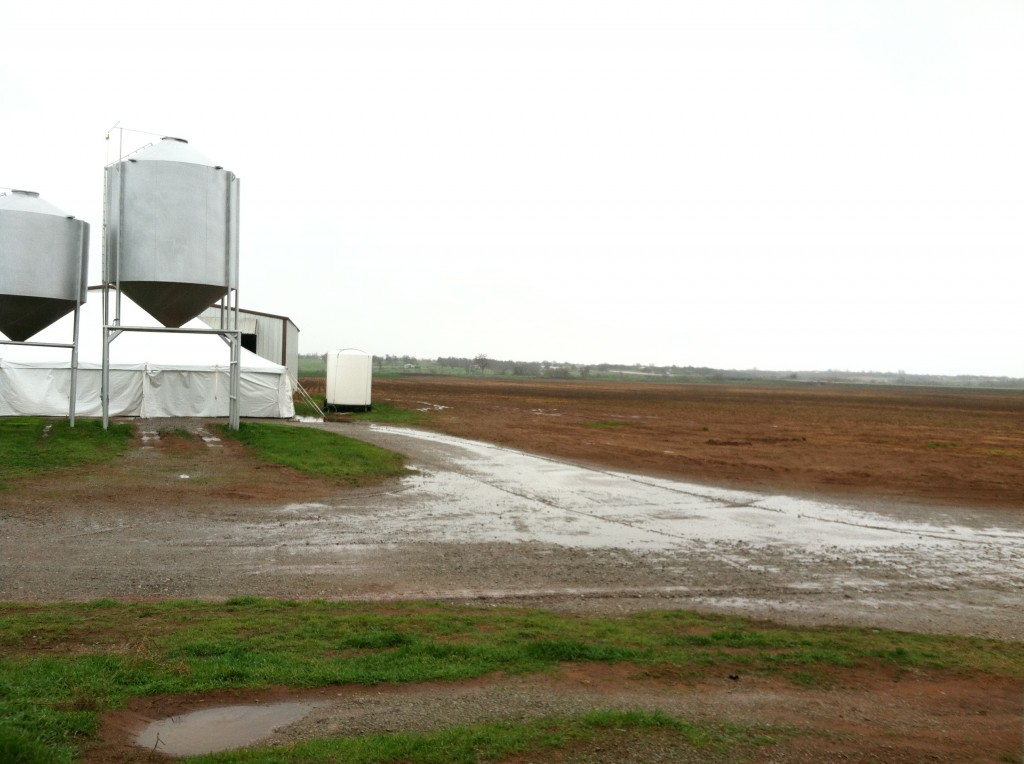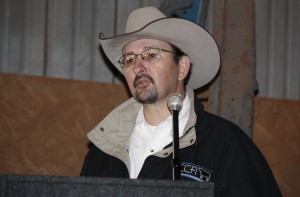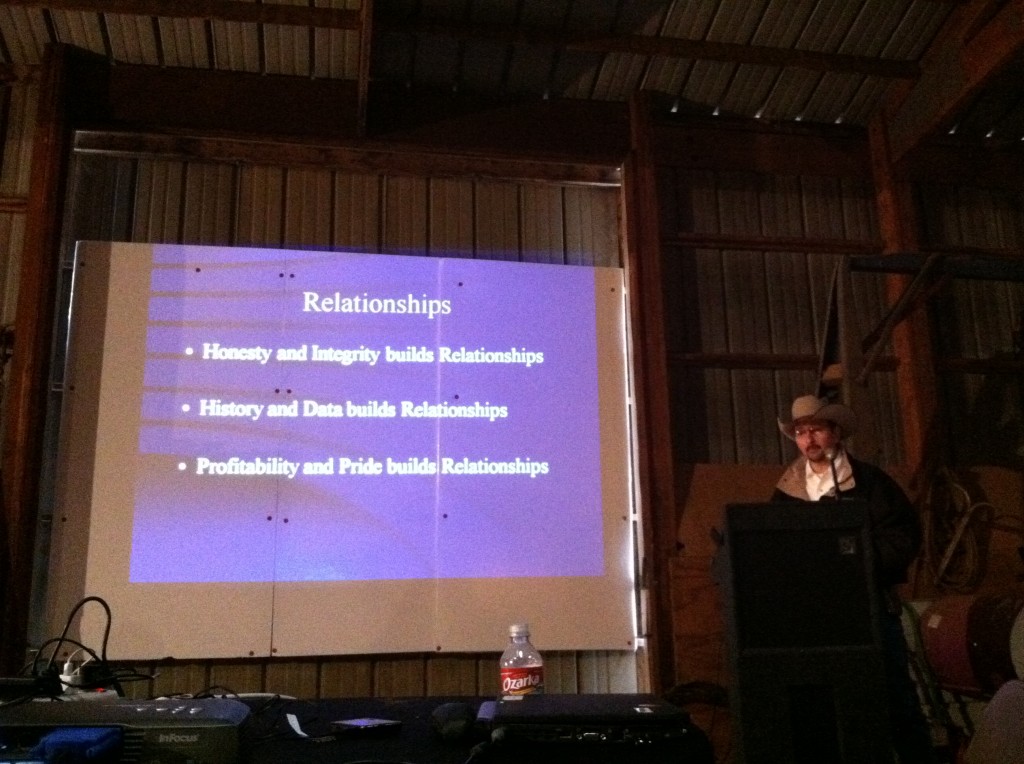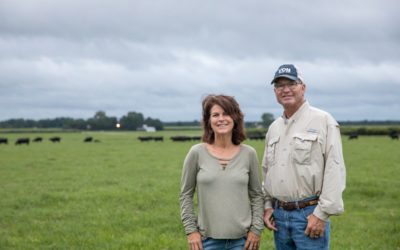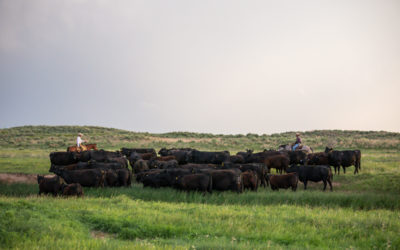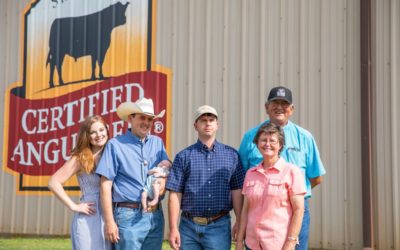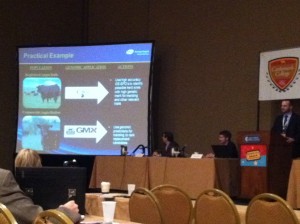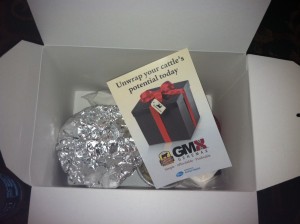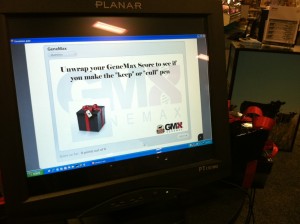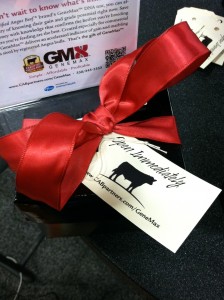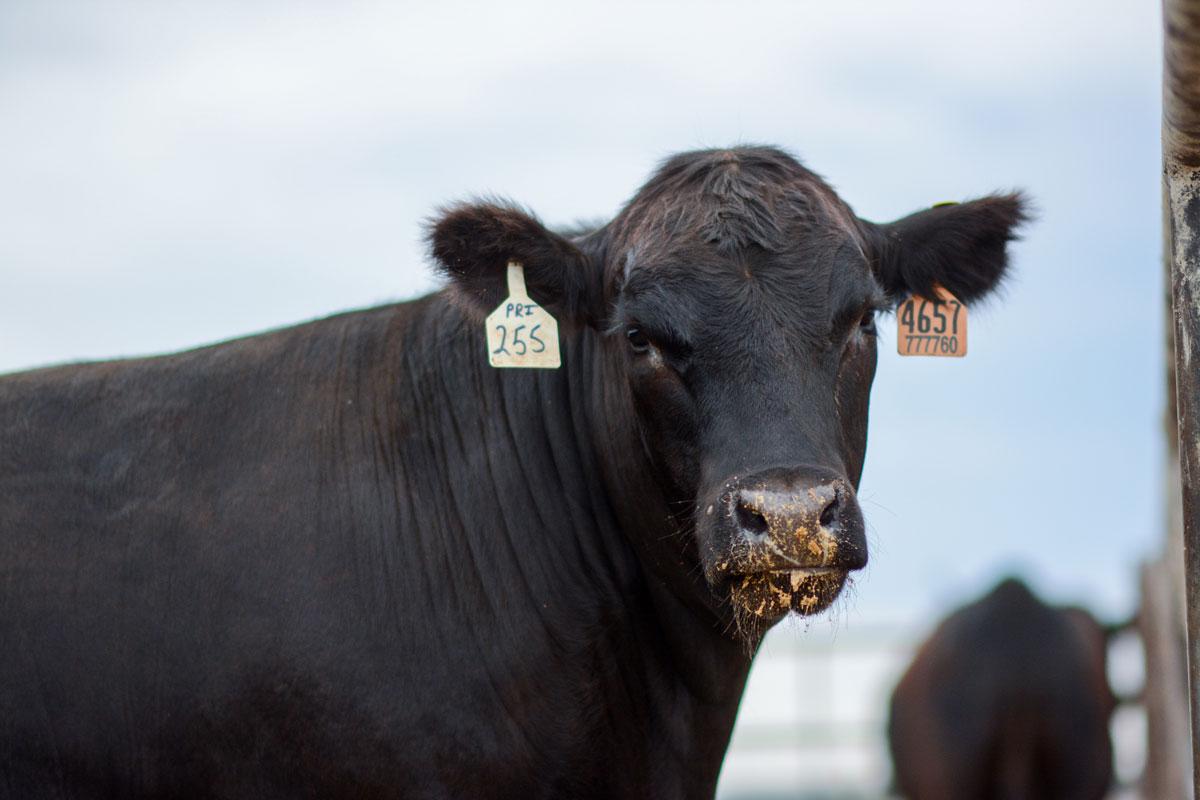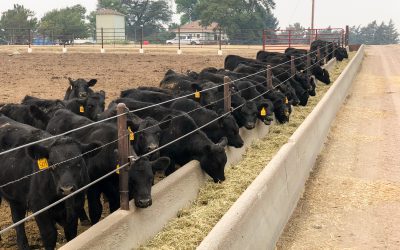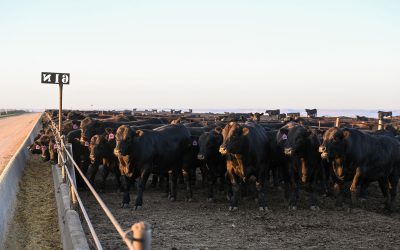
Rock on
Yes, you, the American cattleman. Among the business suits and loafers, cocktail dresses and stilettos, that are commonplace at The Greenbrier Resort, the ranchers and feeders stood out…and not just because of the cowboy hats they sported.

The couple dozen producers who traveled to West Virginia for the event were ambassadors of sorts for those of you who spent last week just like any other: caring for the herd, perhaps harvesting some crops or weaning calves.
Our award winners and a handful of producer board members were just a small subset of the 600-some people attending our conference, but they represented that iconic, hard-working, steward of the land and livestock.
Producers aren’t segregated into their own track, but rather immersed in the same sessions that the restaurant and retail trade takes in. They learn about the educational tools and marketing ideas we share with our partners, but it also gives them a chance to interact with all the people who use what they create: Certified Angus Beef.
These brave souls fielded questions about a typical day on the ranch, how they care for sick animals, and what effect the drought is having on them personally.
From my home office, I watched the twitter feed light up when four of the producers took the stage for a panel.
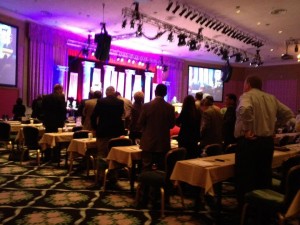
“Frank Scheilfelbein is my hero,” one tweet said. (Hey, I couldn’t agree more!) But the Cliff’s Notes on the real-time coverage: the cattlemen stole the show. Mark was there and he concurred.
“The producer panel was far more about getting to know the people than it was full of controversial questions,” he says. “When they know there are real people with a shared value system taking care of these animals, things like implants become almost a non-issue to them.”
Gary Darnall talked about how his son Lane was home hauling water to cattle. Frank talked about how big their farm is and why it has to be to support him, his eight sons and their families. Dale Moore shared how he and his wife packed up, moved states and jumped headfirst into the feedyard business.
The overall reaction? From those who cook, sell and present beef every day: a resounding THANK YOU!!
And since a remote, solo, standing ovation carries a little less weight, I’ll just say, “Ditto!”
May your bottom line be filled with black ink,
Miranda
PS—To read about any of our award-winning producers, check out their individual stories available here.
You may also like
Missing the Mark Leaves Money on the Table
Certified Angus Beef regularly collects data on millions of fed cattle to discover how cattlemen can capture more value for high-quality carcasses beginning on the ranch. When black-hided cattle don’t earn the CAB stamp, it’s most often for missing the mark in marbling, HCW, REA and backfat.
Farm Purchase Helps Certified Angus Beef Tell a Better Story
Farm Purchase Helps Certified Angus Beef Tell a Better Story CAB purchases 109 acres of Chippewa Valley Angus Farm to bring partners closer to beef production. by Abbie Lankitus March 22, 2022 About a thousand people walk through the doors of the Certified Angus Beef...
CAB Premiums Reach Record $182 Million
Annual grid, formula and contract premiums paid on CAB carcasses in 2021 totaled $182 million, up from the 2019 record of $92 million. Cattlemen who raise black Angus-influenced cattle that meet the brand’s specifications have the chance to earn more than ever before.

